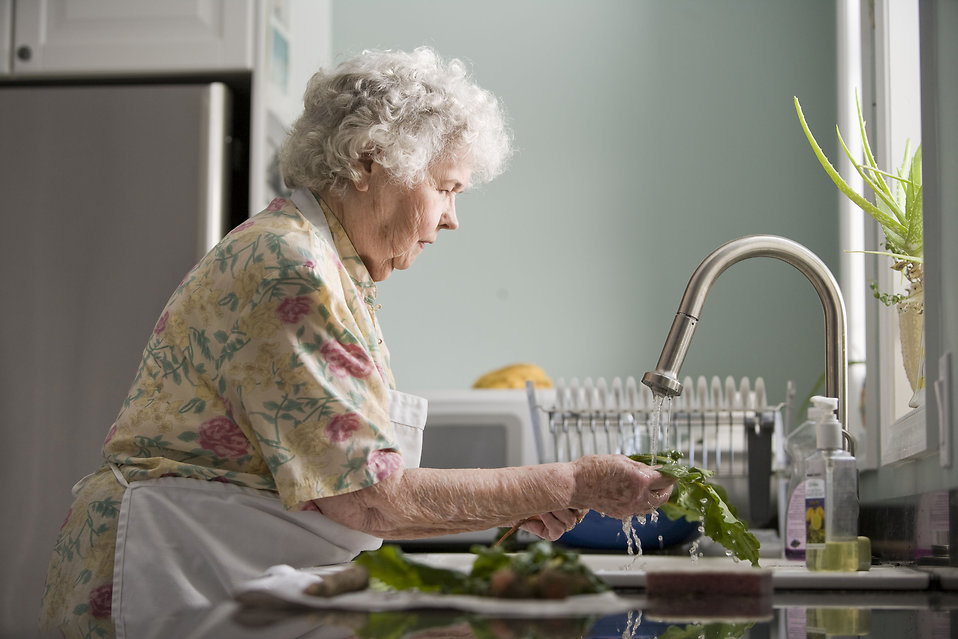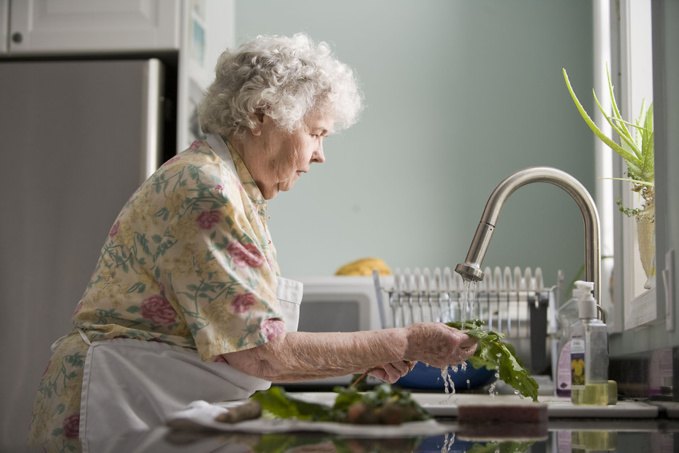The generation of "new elderly" will soon increase dramatically. And they won’t need much help of their own children, but, rather, new technologies, other products, a different city structure adapted to their physiological characteristics and the rhythm of life. Therefore, increase in the share of the "silver" economy, calculated on the needs of people over 60, is becoming increasingly significant throughout the world.
For several years now, the leading world economists have been building serious and long-term forecasts for development of the “silver” economy. Last year, analysts at the head office of Credit Swiss said that investment in the sector was a supertrend of the year, noting a “seismic” shift in the age structure of the planet’s population. According to forecasts, by 2050 the generation of 60+ will grow from 900 million people in the world in 2015 to 2 billion in 2050, and life expectancy will be increasing by one year every five years. In addition, now there are 7 workers per elderly person, and in 2030 there will be 4.9 of them.
So, older people are the fastest growing consumer age group in the world. According to the National Transfer Account for August 2016, the per capita consumption of people 65+ is higher than people 25-64 years old: the difference is about 6% in China and 8% in Canada, up to 29-30% in Sweden and Japan and 37 % in the US. In the US, the average household income of baby boomers (50+) is three times higher than that of younger generations. In developed countries, baby boomers provide an income of 50-60% of the consumer market. Two years later, in 2020, the purchasing power of those who are 60 or more will reach $ 15 trillion.
The needs, priorities and cost structure of the “silver” generation are generally different compared to the young and just adults. And they will become the most powerful driver that will change consumer markets, health care markets (already 75% of these services are accounted for the elderly), real estate, financial services, and provide incredible opportunities for companies serving the elderly population. The role and speed of development of technologies (including robotics) to improve quality of life and ensure independent life of the elderly will also grow.
Credit Swiss believes that over time the elderly spends less on clothing and restaurants. Costs are moving toward recreation and tourism: for example, 66% of cruise liner customers are elderly.
Brands do not fully understand how to work with this group of consumers. In France, the fashionable clothing brand Celine and the cosmetics brand L’Oreal have used aged models in the latest advertising campaign. Nestlé recently opened a research center for healthy aging, and the head of this program, Fabrizio Arigoni, notes that the company counts on the new trends: "This is a great opportunity to be the first global brand to enter the market for older people." Yet, there aren’t much companies in the market.
There are two main reasons for this.
First: people in the age are not particularly involved in digital life, but Internet is the main marketing communication channel now. So far, instead of communities in social networks, their main meeting places in Europe are golf clubs, bridge and casino clubs.
The second reason stems from the first: age is stigma. First of all for people themselves - they reluctantly associate themselves with their peers. They do not want to hang out with people of their own age and older. Exactly that is why the co-living (houses for pensioners and students) was so successful in Europe. Students receive substantial discounts on room rent for social workload: the format is designed so that they help older neighbors to cope with household chores. Older people get the same communication with young people and the environment adapted to their age is first of all a barrier-free environment, without which they become hostages of apartments. And this is exactly what happens if an elderly person does not walk very well and begins to move only in a wheelchair.
All in all, marketers have not yet found the right intonation to the fastest growing consumer niche. “We always think that we should offer our products to older people, but we keep in mind that people after 55 do not want to buy anything that is intended for “frail old people”, says Anna Price, managing director of Casenio (UK), offering solutions for smart home. The founder of the Research Institute of Aging and Society, Kohlbacher, says: “In almost every country, companies react to the trend in the same way: we see a powerful trend, but we have not yet reached it.”
source: forbes.com
For several years now, the leading world economists have been building serious and long-term forecasts for development of the “silver” economy. Last year, analysts at the head office of Credit Swiss said that investment in the sector was a supertrend of the year, noting a “seismic” shift in the age structure of the planet’s population. According to forecasts, by 2050 the generation of 60+ will grow from 900 million people in the world in 2015 to 2 billion in 2050, and life expectancy will be increasing by one year every five years. In addition, now there are 7 workers per elderly person, and in 2030 there will be 4.9 of them.
So, older people are the fastest growing consumer age group in the world. According to the National Transfer Account for August 2016, the per capita consumption of people 65+ is higher than people 25-64 years old: the difference is about 6% in China and 8% in Canada, up to 29-30% in Sweden and Japan and 37 % in the US. In the US, the average household income of baby boomers (50+) is three times higher than that of younger generations. In developed countries, baby boomers provide an income of 50-60% of the consumer market. Two years later, in 2020, the purchasing power of those who are 60 or more will reach $ 15 trillion.
The needs, priorities and cost structure of the “silver” generation are generally different compared to the young and just adults. And they will become the most powerful driver that will change consumer markets, health care markets (already 75% of these services are accounted for the elderly), real estate, financial services, and provide incredible opportunities for companies serving the elderly population. The role and speed of development of technologies (including robotics) to improve quality of life and ensure independent life of the elderly will also grow.
Credit Swiss believes that over time the elderly spends less on clothing and restaurants. Costs are moving toward recreation and tourism: for example, 66% of cruise liner customers are elderly.
Brands do not fully understand how to work with this group of consumers. In France, the fashionable clothing brand Celine and the cosmetics brand L’Oreal have used aged models in the latest advertising campaign. Nestlé recently opened a research center for healthy aging, and the head of this program, Fabrizio Arigoni, notes that the company counts on the new trends: "This is a great opportunity to be the first global brand to enter the market for older people." Yet, there aren’t much companies in the market.
There are two main reasons for this.
First: people in the age are not particularly involved in digital life, but Internet is the main marketing communication channel now. So far, instead of communities in social networks, their main meeting places in Europe are golf clubs, bridge and casino clubs.
The second reason stems from the first: age is stigma. First of all for people themselves - they reluctantly associate themselves with their peers. They do not want to hang out with people of their own age and older. Exactly that is why the co-living (houses for pensioners and students) was so successful in Europe. Students receive substantial discounts on room rent for social workload: the format is designed so that they help older neighbors to cope with household chores. Older people get the same communication with young people and the environment adapted to their age is first of all a barrier-free environment, without which they become hostages of apartments. And this is exactly what happens if an elderly person does not walk very well and begins to move only in a wheelchair.
All in all, marketers have not yet found the right intonation to the fastest growing consumer niche. “We always think that we should offer our products to older people, but we keep in mind that people after 55 do not want to buy anything that is intended for “frail old people”, says Anna Price, managing director of Casenio (UK), offering solutions for smart home. The founder of the Research Institute of Aging and Society, Kohlbacher, says: “In almost every country, companies react to the trend in the same way: we see a powerful trend, but we have not yet reached it.”
source: forbes.com



















